11 Tips on How to Profit From CFD Trading
Discover 11 proven tips on how to profit from CFD trading, reduce risk, and make smarter decisions in today’s fast-moving markets.
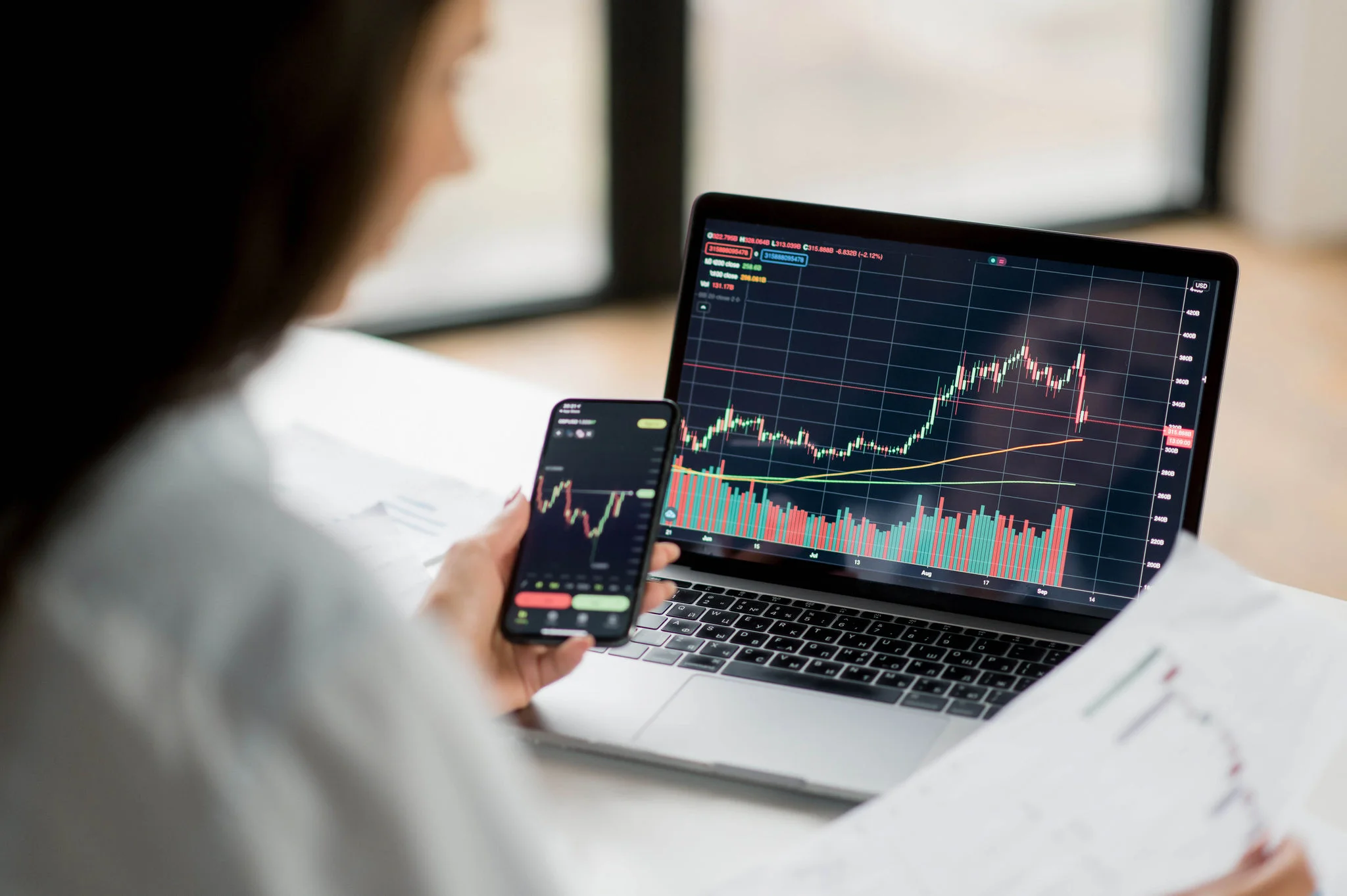
You watch index charts move and feel the pull to act, yet leverage, spreads, and sudden volatility can turn a good idea into a losing day. Day Trading Indices rewards traders who use precise entry and exit rules, strict risk management, and a tested trading plan instead of guessing. Have you tried backtesting, demo trading, or tightening position sizing only to be undone by poor trade execution or wavering discipline?
These 11 tips on how to profit from CFD trading cover technical analysis, stop loss and take profit methods, money management, trading psychology, and the practical skills funded accounts look for to help you reach pro trading with a funded account.
AquaFunded’s funded trading program gives a clear path to that goal by providing access to capital once you prove consistent risk control, trade management, and performance.
Summary
- Execution quality, financing, and fees often decide outcomes more than directional skill, with over 70% of retail investor accounts losing money when trading CFDs.
- Leverage amplifies both profit and ruin, with brokers offering up to 30:1 on major currency pairs and some venues permitting leverage as high as 100x.
- Micro-structure costs are compounding, for example a spread of 0.05 means the market must move 0.05 before you break even, commissions are applied on both entry and exit, and daily financing charges can accumulate over a month or quarter to flip winners into losers.
- Structured testing and honest record keeping materially separate winners from hopefuls, start by collecting 50 to 100 closed demo trades and expect to test over a three month runway, given industry findings that over 80% of CFD traders lose money without disciplined practice.
- CFDs are a major part of market activity, accounting for about 40% of all trading in the UK and contributing to an estimated global average daily CFD trading volume of over 5 trillion dollars.
- Strategy fit and execution rules must align with your time horizon, for example scalping demands the tightest spreads and fastest fills while day trading benefits from a compact watchlist and volatility-normalised sizing, all of which matter when average daily CFD volume exceeds 5 trillion dollars.
- Aqua Funded's funded trading program addresses this by providing access to capital once traders demonstrate consistent risk control, trade management, and performance.
What is CFD Trading

A CFD is a private contract that tracks the price change of an asset, so you profit or lose on the difference between when you open and close the position, not by owning the asset itself. You use CFDs to take a directional view on prices with leverage, which raises both the upside and the danger, so this approach is best reserved for disciplined, experienced traders.
1. What the contract actually is
A contract for difference is an agreement between you and a broker to settle the net change in an instrument’s price from entry to exit. Think of it as a bet on a price move where the broker pays or collects the difference in cash, rather than delivering shares, futures, or physical goods.
2. Why traders use CFDs (the practical purpose)
Traders use CFDs to go long or short without handling the underlying asset, to take small positions that control larger exposure, and to express precise market views quickly. This is not speculation for quick luck; it is a toolkit for tactical exposure, best used with rules, position sizing, and strict risk controls.
3. Ownership and delivery, explained simply
No ownership transfers in a CFD. You never receive the underlying security or commodity. Instead, your profit or loss equals the price movement multiplied by your position size, so buying a CFD on gold is purely a price bet, not possession of bullion.
4. How the spread eats your edge
The spread, the gap between the broker’s buy and sell prices, is the first cost you face the instant you open a position. For example, if you buy at 10.05 and the bid sits at 10.00, the market must move at least 0.05 before you break even. This structural friction means even seemingly small spreads compound against frequent traders.
5. Commission structures and the double-charge trap
Commissions vary by market: many forex and commodity CFDs embed the cost in the spread, while stock CFDs commonly charge a separate fee, often a percentage or per-share rate. Opening and closing a trade are treated as two distinct transactions, so that commission is applied twice. That hidden doubling is why traders who scale positions without a clear cost model surprise themselves with a smaller net return than expected.
6. Overnight financing and the daily cost math
When you hold a leveraged CFD past the trading day, brokers charge financing on the notional position size, calculated roughly as Position Size times Benchmark Interest Rate plus Broker Markup, divided by 365, producing a daily financing bill. Brokers typically add a markup to the benchmark rate, and depending on rates and direction, a short position may incur or receive financing. These fees accumulate quietly, and over a month or quarter, they can turn a modest winner into a net loser.
7. The leverage and outcome reality you cannot ignore
Leverage magnifies everything, so you must plan for worst-case scenarios as deliberately as you plan for intended gains. HighStrike Trading reports that CFD trading allows leverage up to 30:1 for major currency pairs. That capacity to amplify exposure is a tool, not a promise. Real-world results reflect the danger: HighStrike Trading reports that over 70% of retail investor accounts lose money when trading CFDs. Those two facts together explain why strict risk controls matter more than strategy flair.
After working across retail and pro contexts, the pattern is consistent: traders treat spread, commissions, and overnight financing as incidental, then watch execution slippage and funding costs turn plausible profits into losses; the emotional toll is exhaustion and mistrust when a "good" trade closes underwater. This is the familiar method most use because it requires no new systems; however, that habit creates predictable leakage in performance as trade frequency and notional scale increase. Platforms like Aqua Funded offer regulated, low-latency execution, transparent real-time pricing, and built-in risk tools that traders find helpful in reducing spread slippage, compressing execution time, and making funding costs visible ahead of trade entry, thereby preserving capital and improving repeatability.
What traders learn, painfully, is that skill in picking direction is only half the work; cost, execution, and financing decide whether you keep your edge or give it away.
That imbalance between power and cost is where traders either preserve capital or lose it, and what follows will make that choice unavoidable.
Related Reading
- What Is Considered a High VIX
- What Is a Trading Session
- What Is Support and Resistance in Trading
- What Is a Stock Market Index
- How to Trade S&P 500 Futures
- How Is the Dow Jones Calculated
- Trading the DAX
- CFD Indices
- Asset Class Correlation
Benefits of CFD Trading
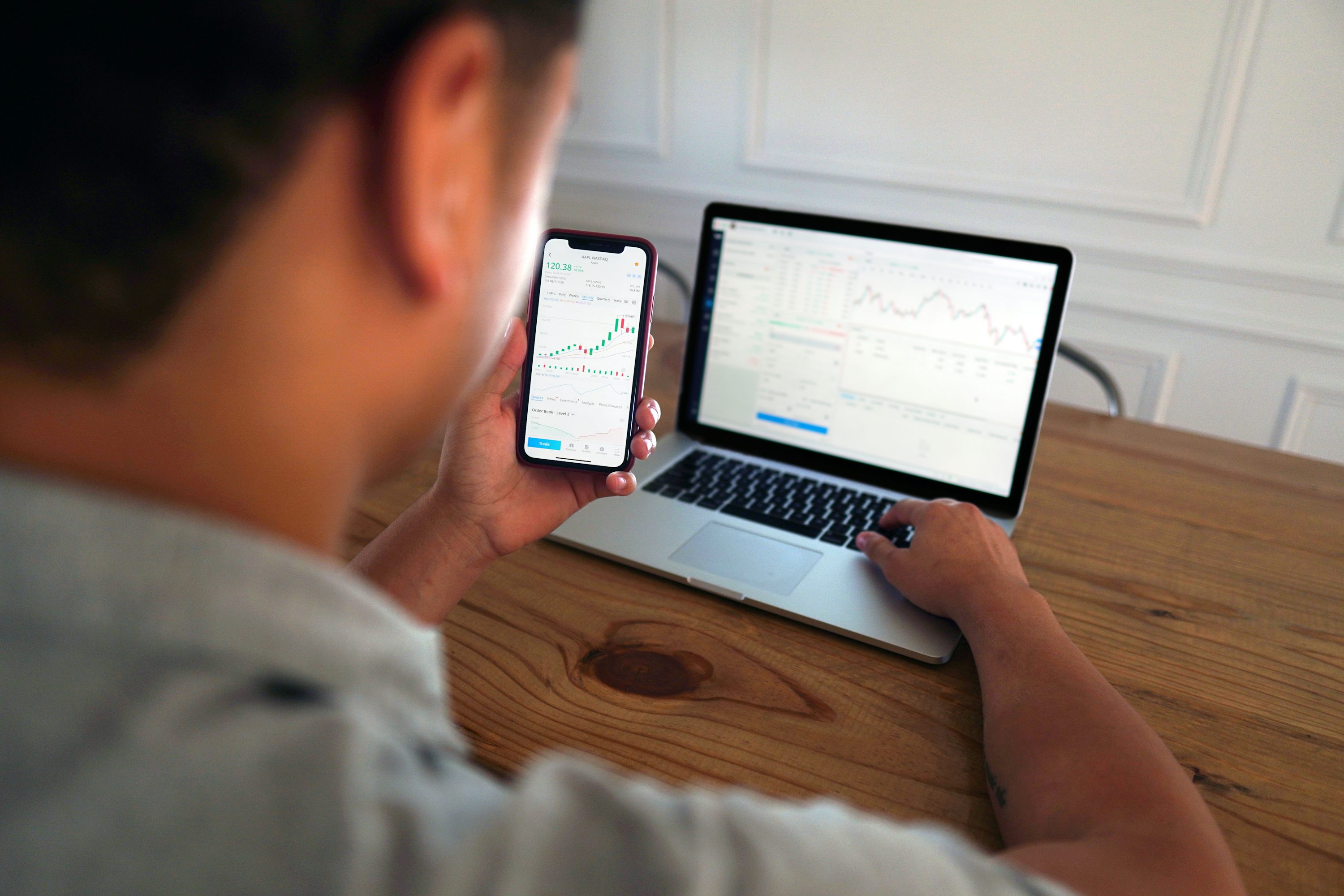
CFDs give you practical, tactical advantages that traditional ownership trading does not, letting you express short or long views quickly, scale exposure with less upfront capital, and manage risk in ways that preserve optionality and capital. Each of the six points below explains a distinct edge and how disciplined traders convert that edge into measurable outcomes.
1. Profit from rising and falling prices
When you need to take a view on direction fast, CFDs let you go long or short without the settlement delays and borrowing mechanics of physical shares. That means you can capture moves on either side of the market with the same execution model, and you can pair directional trades with precise stop-loss and size rules so the trade’s risk profile is reproducible. Practically, this changes how you plan exposure: you stop treating downturns as something to endure and start treating them as opportunities to hedge or profit, which improves risk-adjusted returns over time.
2. Amplify returns with capital efficiency
CFD positions can be opened with a fraction of the notional capital, which lets you allocate cash more efficiently across ideas and strategies, and adjust position size dynamically as probability changes. Some brokers permit very high leverage; for example, CFD trading allows traders to leverage their positions up to 100x, according to PrimeXBT, which illustrates the scale of exposure possible relative to the margin posted. That power is useful only when paired with strict position-sizing and automated risk controls; otherwise, amplified exposure quickly turns edges into ruin.
3. Lower transactional drag and tax efficiency on specific trades
Because CFDs settle in cash rather than transferring title, traders in many jurisdictions avoid stamp duty on stock trades and often face lower explicit transaction costs compared with buying the underlying. The practical benefit: you keep more of your gross edge and can compound returns faster, provided you choose venues with transparent spreads and predictable financing. In active index or intraday strategies where every basis point matters, reduced friction converts directly into better execution and more consistent net performance.
4. Hedge exposure without liquidating long-term holdings
If you own long-term positions but expect a short-term drawdown, CFDs let you overlay a short exposure that acts like insurance, without triggering taxable events or losing future upside. Think of the trade as a short-term put bought with execution rather than an option premium, where you can size it by notional value and tune the cost via stop placement and leverage. Done well, this preserves portfolio continuity, limits realized losses, and gives you measurable protection costs that you can budget into your PnL.
Most traders manage hedging by either selling positions or buying options, as these methods are familiar and require no new workflow, which is understandable. That approach creates hidden costs as portfolios scale: taxes, reallocation frictions, and option premia that erode returns. Platforms like Funded Trading Program reduce that friction with low-latency execution, transparent pricing, and built-in risk management tools, allowing traders to hedge quickly at scale while maintaining the original holdings and measurable outcomes intact.
5. One account, many markets, and proven market share
You can access forex, indices, stocks, commodities, and crypto from a single interface, which simplifies monitoring, margin management, and multi-asset strategies that need quick rebalancing across instruments. The depth of that ecosystem is not theoretical: CFD trading accounts for 40% of all trading in the UK, according to PrimeXBT, showing both liquidity and broad adoption for this execution style. For traders who rotate strategies intraday and over the course of weeks, consolidated access reduces operational overhead and helps maintain a clear, auditable risk posture.
6. Flexible holding periods with controlled financing
CFDs do not expire like standard futures contracts, so you can hold a position for hours, days, or months and adjust financing impacts as part of your risk plan. The trade-off is explicit financing or funding costs, which you should treat as a running premium for keeping optionality; when you compare that to the implicit cost of repeatedly rolling futures or realizing capital gains, the math often favors CFDs for mid-term tactical positions. Practically, this means you can match horizon to thesis without artificial time constraints, then use stops, partial exits, and tiered size to preserve capital across multiple timeframes.
Turn your trading skills into substantial profits without risking your own capital. AquaFunded gives you access to accounts up to $400K with the most flexible trading conditions in the industry, no time limits, easy-to-achieve profit targets, and up to 100% profit split. Join our funded trading program and start trading immediately with instant funding or through customizable challenge paths.
There’s one uncomfortable trade-off behind every advantage above, and the next section will show why mastering it separates casual winners from repeatable professionals.
11 Tips on How to Profit From CFD Trading
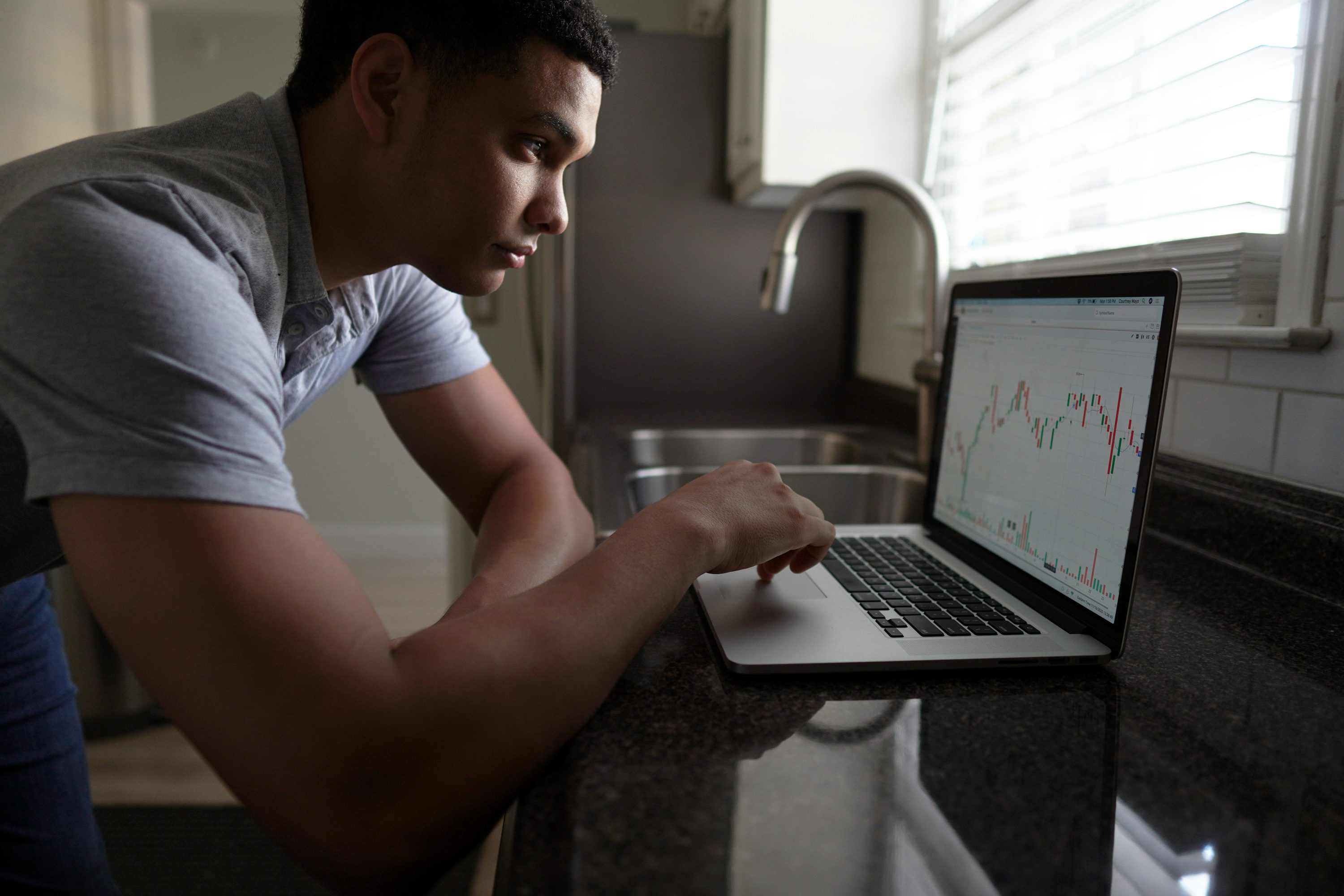
You make money from CFD trading by treating it like a measurable business: a repeatable edge, strict risk controls, and execution that preserves your edge. Combine focused practice, objective record keeping, and disciplined position sizing, and you turn occasional wins into positive, compounding performance.
1. Use Aqua Funded
AquaFunded gives you funded accounts up to $400K with flexible rules, instant funding options, and up to 100% profit split, so you can scale without risking personal capital. Use it purposefully: pick a single challenge path that matches your time horizon, size trades to the funded account rather than your personal bankroll, and route live fills through the platform’s low-latency rails to reduce slippage. Successful funded traders treat the program as a staged growth plan: begin with small, consistent position sizes, pass each intermediate milestone before increasing notional, and use the guaranteed payouts to smooth psychology and bankroll growth.
2. Be honest with yourself
The raw fact is harsh, and you should face it now: according to IG International, over 80% of CFD traders lose money, and many skilled people fail because they misjudge temperament, time commitment, or risk appetite. After working with traders for over a year, the pattern became clear: those who admitted weakness in one area and then built a compensating rule improved their consistency. Ask practical questions, such as whether you can accept a 1 to 3 percent drawdown without changing strategy, and only trade capital you can afford to lose.
3. Do the homework first
What separates professionals from hopefuls is evidence, not optimism. Test setups in a structured way: choose one market, run a demo for a measured sample, and record entry triggers, stop logic, and outcome. We recommend treating demo runs like clinical trials: define entry criteria, a fixed stop based on volatility, and an objective exit rule, then collect results for 50 to 100 closed trades before risking real funds. Education should focus on outcome measurement, not indicator shopping.
4. Master one market at a time
Specialization raises your hit rate. Pick an index, learn its session rhythms, liquidity quirks, and how economic releases move it, then build a compact watchlist of three intra-day setups. This constraint speeds pattern recognition: you stop chasing noise across ten instruments and instead learn how one market reacts to the same trigger on Monday versus Friday. When you expand, do so only after your trade plan produces a consistent, documented edge for at least three months.
5. Manage your risk precisely
Decide your risk per trade as a fixed percentage of equity, and size using stop distance expressed in volatility terms, for example, a multiple of ATR. Don’t average down out of hope; instead, close and re-enter when your edge returns. Also, remember leverage is powerful: CFD positions can be amplified, with leverage available up to 30:1 according to IG International. CFD trading allows leverage of up to 30:1, which makes position sizing the single critical control for capital survival. If you are unclear about margin mechanics, create a spreadsheet that displays worst-case drawdowns by percentage move, and then optimize stop placement to preserve your margin.
6. Treat the demo as a lab, not a playground
Play happens at the demo level when you let impulses run the account. Instead, treat demo sessions like experiments: log hypotheses, run them for a preset number of trades, and reject strategies that fail to show positive expectancy. After three months of disciplined demo testing, traders typically discover emotional leaks they cannot see in real time, such as impulse scaling on green trades or hesitancy to cut losers.
7. Use available tools deliberately
Automate where it preserves the edge, not where it masks sloppiness. Use technical analysis portals for short-term trade ideas, then cross-check them with your rulebook before taking a position. Configure platform features to pre-fill stop and limit orders, and use real-time pricing and low spreads to shrink implicit costs. When execution matters, a few milliseconds saved by better routing can be the difference between a plan that scales and one that does not.
8. Diversify the exposures you actually understand
Diversification is insurance, not diversification theater. If several positions correlate, they compound risk. Either hedge intentionally, with opposite notional matched to expected correlation, or limit exposure to non-correlated sectors. In practice, successful traders keep a concentrated set of high-confidence trades and a small, passive hedge when systemic risk spikes.
9. Make trends your tactical friend
Trade the momentum you can confirm, not gut calls about turning points. Use trend-confirmation rules that combine velocity and volume, then ride winners with a trailing stop sized by volatility. Think of trends like a river current: stepping in with the flow lets you cover ground quickly, but you still need a life jacket, meaning pre-defined exits that protect capital if the current flips.
10. Learn the art of closing trades
Closing is a discipline. Use layered exits: take a partial profit at a conservative target, move the stop to breakeven, then trail the remainder. That sequence preserves gains and reduces the emotional urge to micromanage. If a trade repeatedly meets your trailing stop after a modest run, log it and test an adjusted trailing rule; small systematic tweaks compound into meaningful improvement.
11. Keep a trading journal and analyze it weekly
A journal converts feelings into data. Record setup, size, entry justification, stop, time of day, emotional state, and outcome. Each weekend, review trades for repeatable errors and implement one corrective rule for the following week. After structured journaling for three months, many traders eliminate their single most considerable behavioral loss because the error becomes visible and fixable.
Most traders follow familiar habits because they are simple and require no new system; however, this approach hides costs, including fragmented data, inconsistent sizing, and execution slippage that erodes their edge. Platforms such as AquaFunded centralize execution and provide transparent, low-latency fills, along with built-in risk tools, allowing traders to convert manual work into measurable improvements, including faster order routing and predictable margin calculations.
A brief analogy to illustrate this point: treating trading without a plan is like racing a car without lap data; you may drive fast, but you cannot improve your lap time without telemetry.
That solution sounds final, but the next challenge pushes you to translate these controls into repeatable strategies that actually work under pressure.
9 CFD Trading Strategies for Success
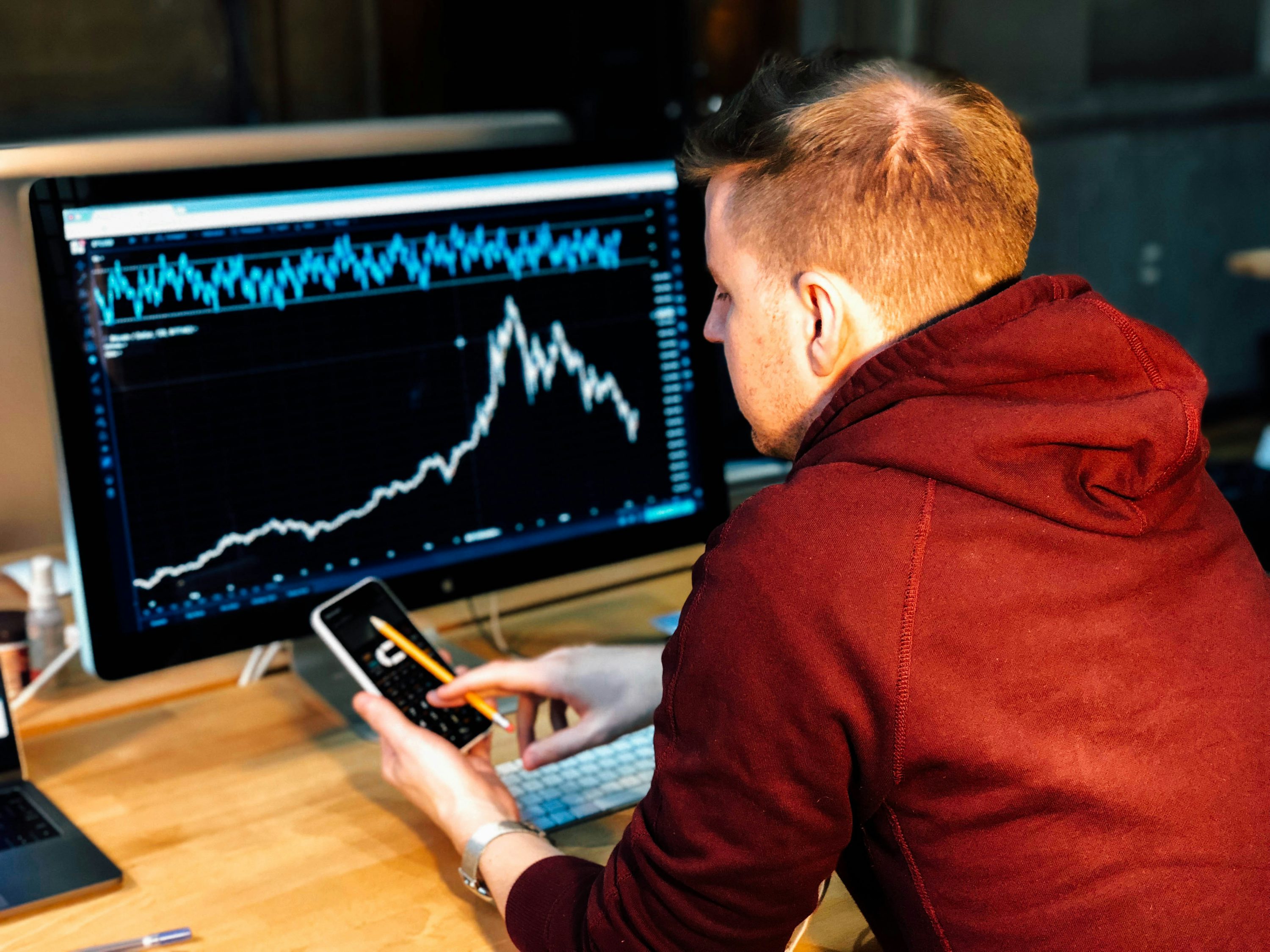
CFD traders select a strategy that matches their horizon, temperament, and the platform tools they rely on; the choice and its execution rules determine whether you protect capital or bleed it given how deep the market is. DayTrading.com estimates that the average daily trading volume of CFDs worldwide exceeds $5 trillion. Hence, execution quality and repeatable rules matter more than clever ideas.
1. News trading
News plays are rules-based, not instinct-driven. Define a precise event playbook: which releases you trade, how you size against implied volatility, and what confirmation you require before committing. When we ran a three-month coaching sprint with intraday traders, the pattern was clear: traders who waited for a second, clean candle, and used one-click OCO entries significantly reduced slippage and emotional errors. At the same time, those who guessed the first tick faced whipsaw losses. Utilize real-time pricing, preconfigured stop-loss brackets, and latency-optimized routing to ensure your plan executes when the market actually moves.
2. Trading with technical indicators
Treat indicators as signal filters, not ornaments. Select a small set of non-redundant calculations, fine-tune their parameters using walk-forward testing, and lock them into a live template to avoid on-the-fly tuning. The practical rule is straightforward: trade only when at least two independent measures align, including a trend filter, a momentum confirmation, and an exit rule tied to volatility. Backtest across multiple regime windows, then switch to a small live size while monitoring execution slippage and hit rate.
3. Price action trading
A clean chart sharpens judgment. Set concise pattern definitions, attach objective entry and stop rules to each pattern, and include a volatility band to size positions. Traders who prefer price action still benefit from a single corroborating tool, such as a retracement grid, which is used only to confirm geometry. Price patterns remain effective until liquidity or session effects alter their behavior, so log the time of day and spread on every trade to catch regime shifts early.
4. Breakout trading
Breakouts require a plan for follow-through and failure. Decide in advance whether you take the breakout immediately with a stop entry, or wait for a retest and use a limit order sized to account for probable slippage. Volume or range expansion should be your confirmation, not hope. Automate alerts and bracket orders so you do not leave entries to manual reflexes, and keep a rule for false-breakout recovery that limits damage without turning small losses into chained drawdowns.
Status quo disruption paragraph
Most traders rely on ad hoc routing and manual order entry because it feels familiar and requires no new habits to adopt. That approach works at a small scale, but as fills matter and trade frequency rises, fragmented execution raises slippage and hidden cost. Platforms like Funded Trading Program centralize low-latency fills, real-time quotes, and order automation, letting traders keep execution friction predictable and measurable.
5. Hedging
Think of hedging as insurance purchased at a known premium, not a second bet hoping to win. Define hedge size by the expected correlation and the capital you intend to preserve, then treat opening and closing the hedge as two separate, auditable decisions. Hedging with CFDs is efficient for short-lived protection; quantify the finance and execution cost up front, and keep the hedge horizon short enough that the insurance cost does not erode your core thesis. The image that helps traders is this: you put on a raincoat when clouds are apparent, not every morning.
6. Scalping
Scalping is interval training for the market, characterized by high intensity and focus. Limit sessions to preserve attention, automate repetitive entries where possible, and enforce strict daily loss limits to prevent errors from compounding due to exhaustion. From a systems view, scalping demands the tightest execution stack: smallest spreads, fastest fills, and preconfigured order types. If a venue cannot consistently meet your micro-latency needs, do not try to manufacture speed with a larger size.
7. Day trading
Day trades depend on a compact watchlist and a session rhythm, not a sprawling instrument list. Build two or three intraday setups and a time-based checklist: pre-session bias, top-of-hour liquidity filter, and a lunch-hour risk reduction rule. Use volatility-normalised sizing so time of day does not accidentally change your risk per trade, and pre-fill exit orders to enforce discipline when attention drifts.
8. Swing trading
Swing traders trade transitions, not ticks. Combine a macro catalyst map with technical zones, stagger position sizing across confirmation points, and schedule explicit review times rather than constantly watching. When holdings span multiple sessions, match the size to the expected overnight gap risk and use alerts to keep interventions intentional, not impulsive. Diversify across uncorrelated ideas so one systemic shock does not wipe out multiple legacies.
9. Position trading
Position trading is a mapped thesis with checkpoints. Set broad entry bands, scale in over weeks, and budget a long-term drawdown limit rather than reacting to daily noise. Track macro indicators and adjust exposure only at preplanned checkpoints, so emotion does not turn patient capital into an accidental short-term trader.
A straightforward analogy helps: strategy selection is like choosing footwear for a hike, not a fashion statement. Sprint shoes serve on the track but ruin your ankles on mountains; pick the tool that matches the terrain and your stamina. One final structural point, given the widespread use of CFDs in everyday trading, Alchemy Markets reports that CFD trading accounts for 20% of all retail trading in the UK, which makes predictable execution practices a vital survival trait for many active traders.
Curiosity loop sentence
That set of rules cleans up mistakes, but what happens when you trade with someone else’s capital and different accountability?
Related Reading
- Where to Place Stop Loss
- Position Size Formula
- Scalping vs Day Trading
- Volatility Indicator MT4
- What Are the Advantages of CFD Trading Over Normal Trading
- How to Profit From CFD Trading
- What Is a Fair Value Gap in Trading
- How to Calculate Stock Volatility
- Difference Between Nasdaq and S&P
- FTSE vs MSCI
Join Our Funded Trading Program Today - Trade with our Capital and Keep up to 100% of the Profit.
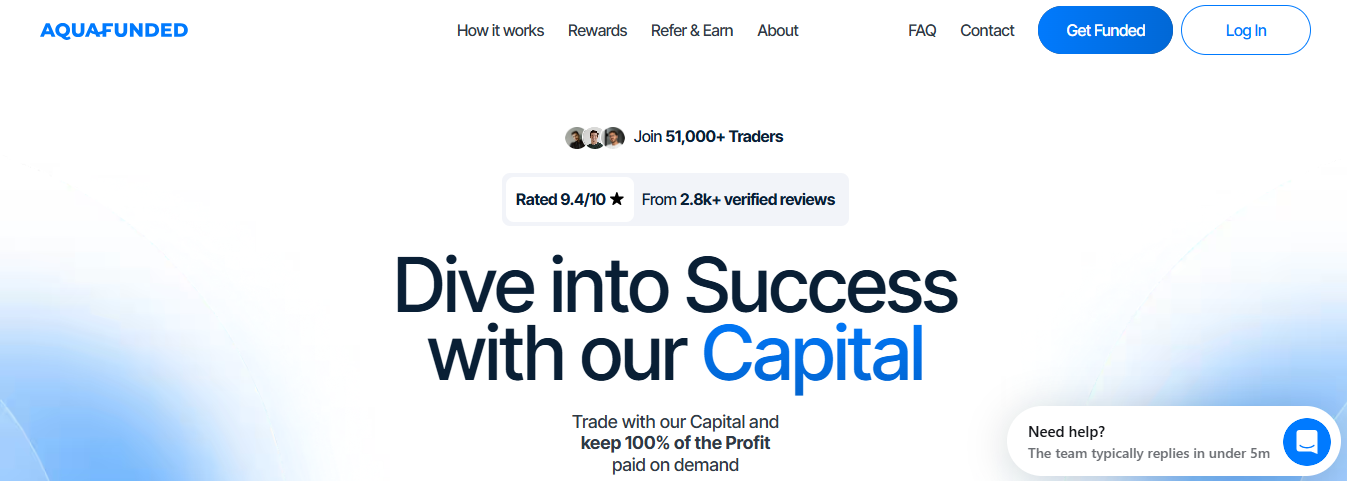
After coaching intraday index traders for three months, the pattern was evident: traders scale fastest when they can access meaningful capital under clear, accountable rules, not by risking their personal bankroll, so if you want a practical path to grow your edge consider AquaFunded’s Funded Trading Program. With incentives like Keep up to 100% of the Profit and an introductory 20% OFF for New Customers, you can choose instant funding or a customized challenge and focus on execution, risk control, and repeatable gains.
Related Reading
- NFP Trading
- CFD Leverage
- FTSE 100 vs S&P 500
- Swing Trading Patterns
- Gap Fill Strategy
- CFD Market Hours
- Spot Trading vs Futures Trading
- Breakout Trading Strategy
- Dow Jones Index vs S&P 500


